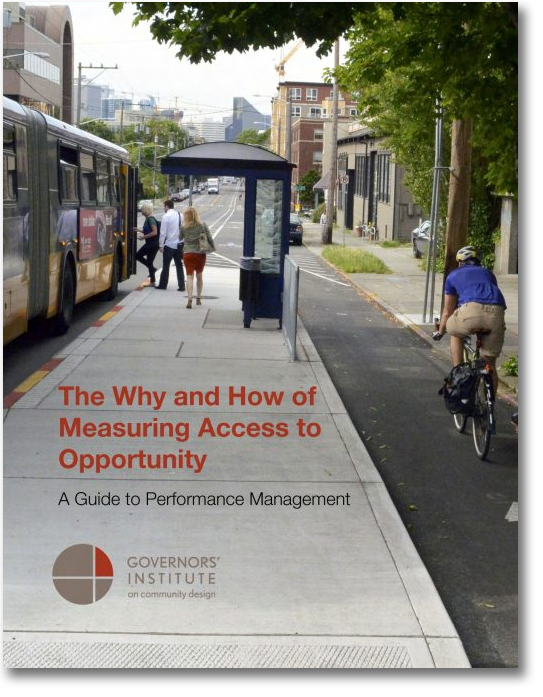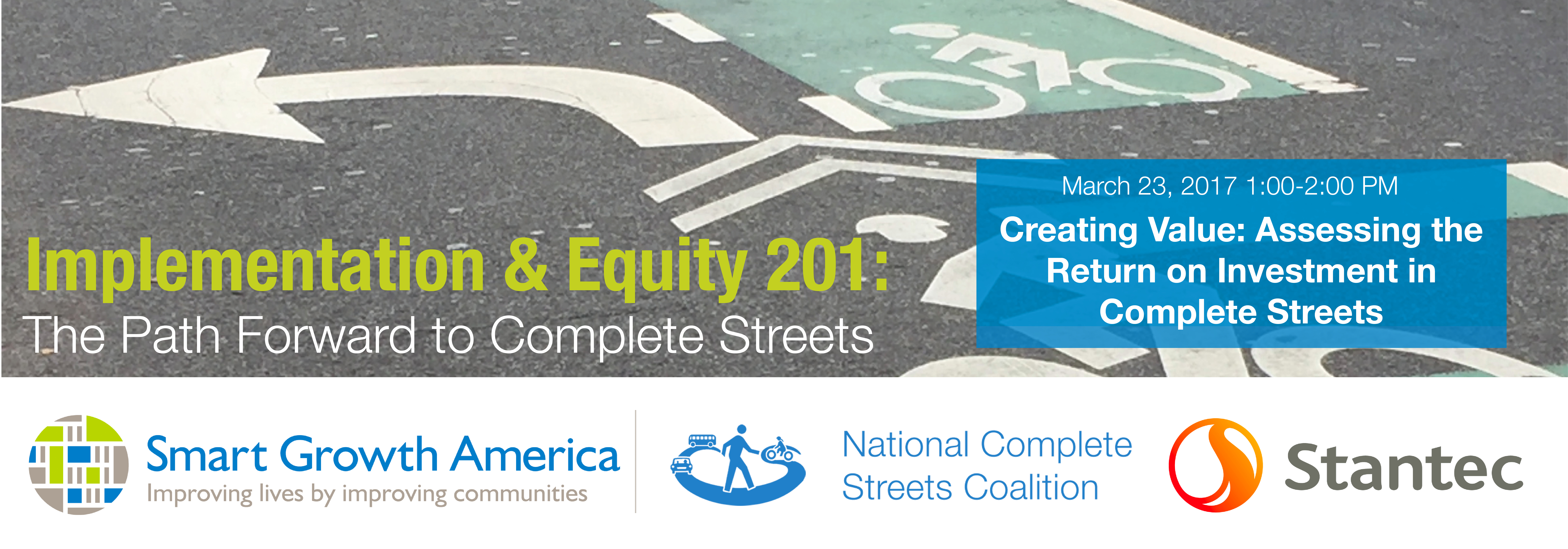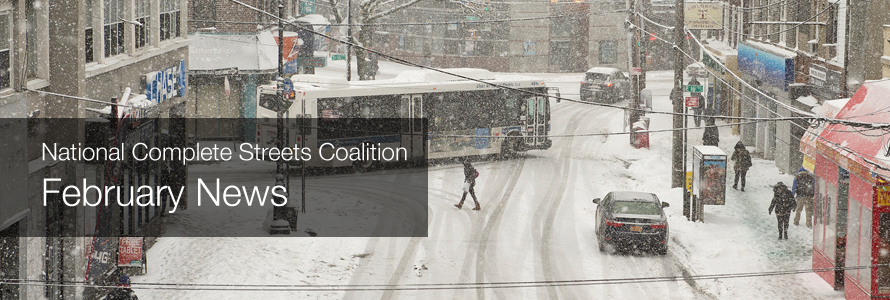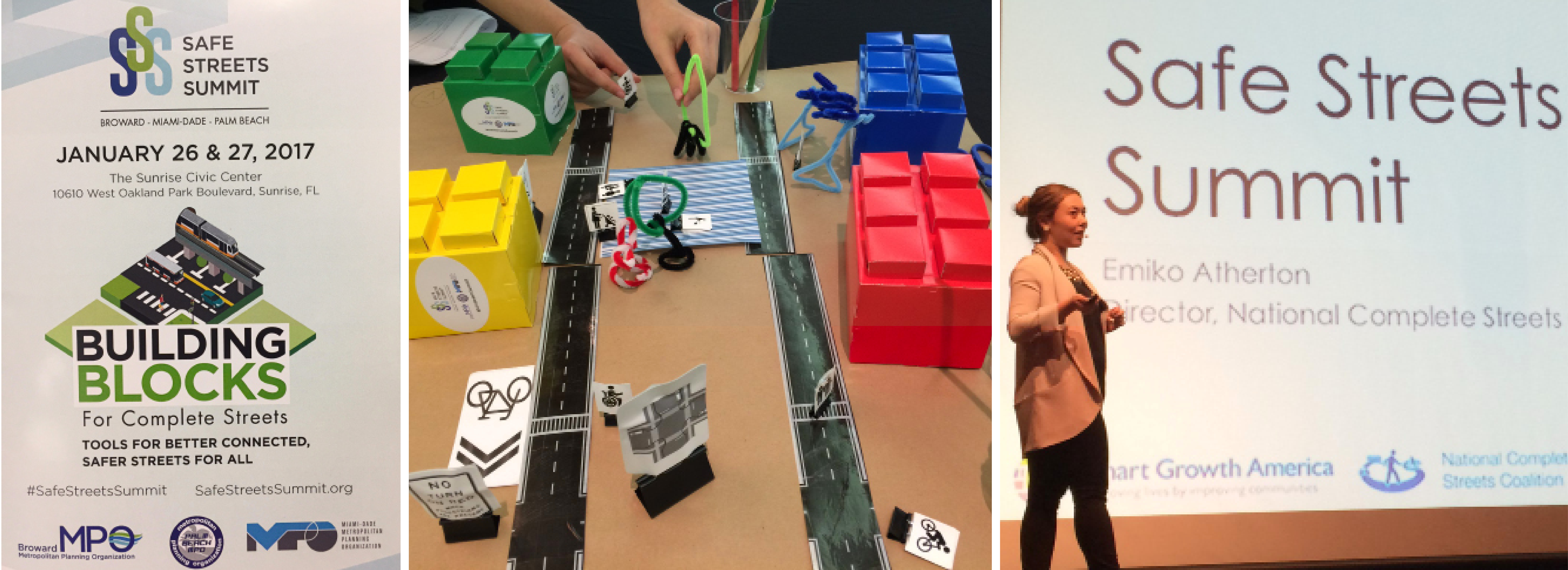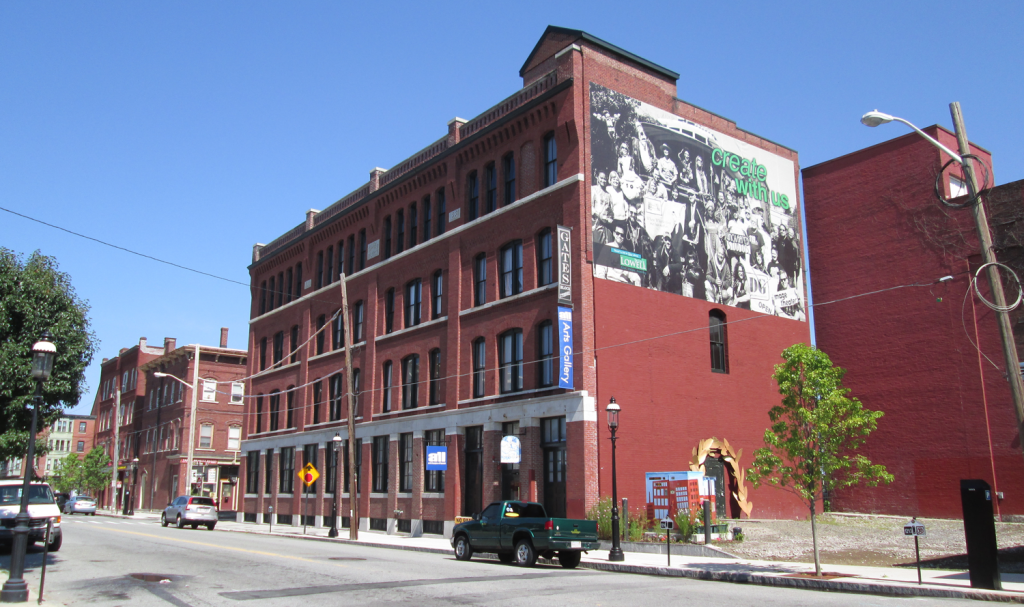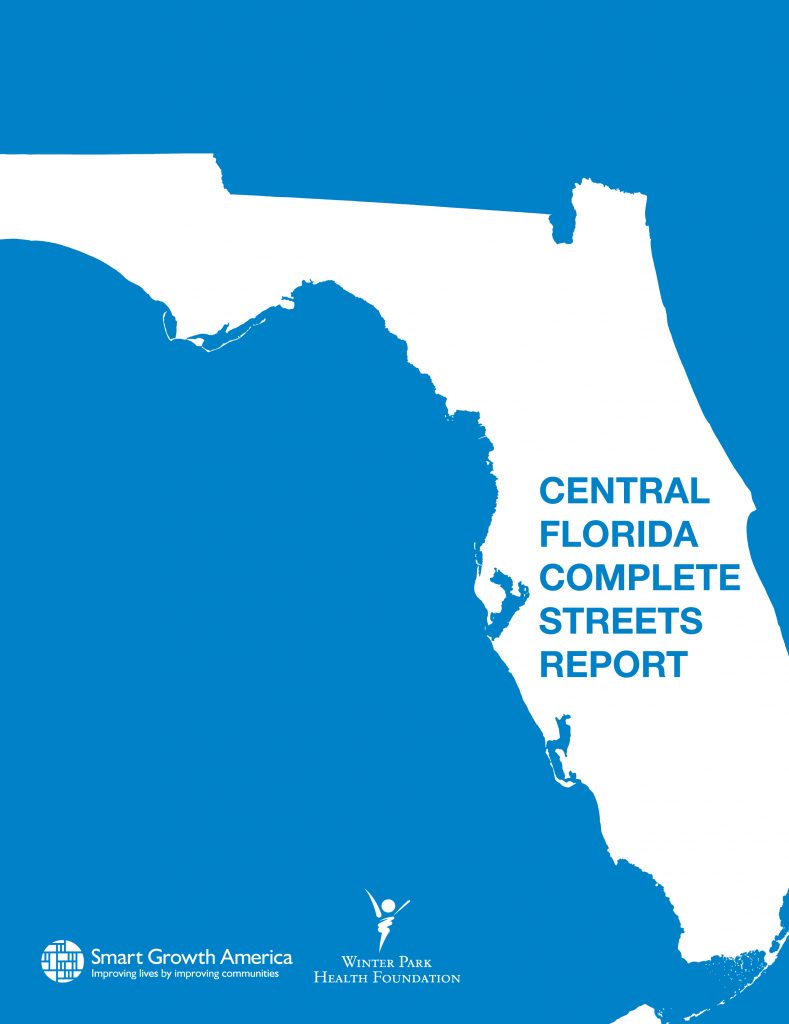 Ever since the first edition of Dangerous by Design came out in 2009, Florida has had the dubious distinction of having the highest rate of people being struck and killed by cars while walking of any state in the nation.
Ever since the first edition of Dangerous by Design came out in 2009, Florida has had the dubious distinction of having the highest rate of people being struck and killed by cars while walking of any state in the nation.
In light of that problem, municipalities and public agencies across Florida have been working to make streets safer. Now, communities in Central Florida specifically are coming together to make progress on those goals.
Over the past nine months, Smart Growth America, in partnership with the Winter Park Health Foundation, has worked with municipalities and agencies in Central Florida on a series of workshops to implement Complete Streets—streets that are safe and comfortable for everyone, no matter their age, ability, race, income, or how they chose to travel. Changing the way streets are designed, particularly in places with chronic collisions like Florida, is one of the most important steps public agencies can take to prevent people from being struck and killed while walking.
